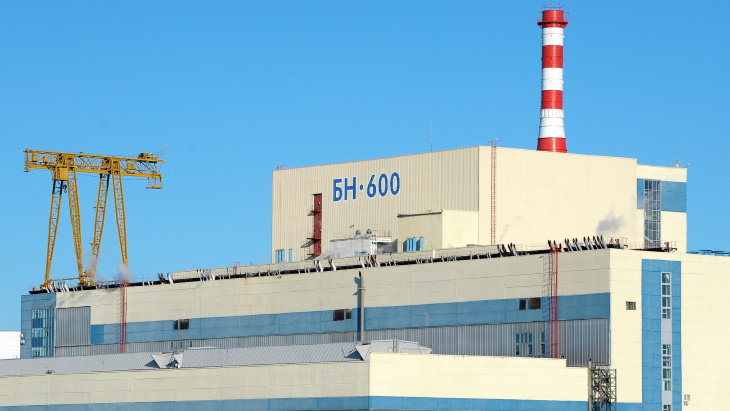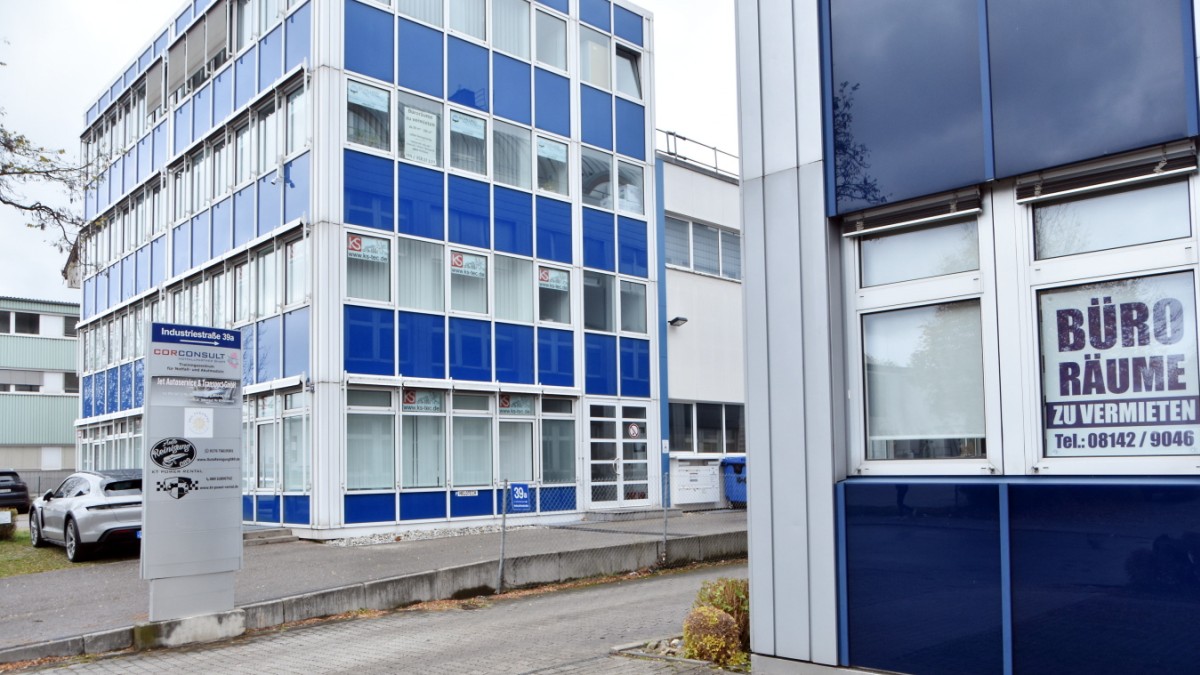Workers of the Rosatom subsidiary Ural Atomenergoremont (UralAER) have completed the overhaul of the main components of the third unit of the Beloyar nuclear power plant in the Sverdlovsk region of Russia. The fast reactor BN-600 was put into operation in 1981. This was announced by the subsidiary of Rosatom, the operator of the plant, Rosenergoatom.
At Bělojarské elektrárna, a large block modernization program has been underway since 2009, covering all areas of security, said Rosenergoatom, a subsidiary of Rosatom, the operator of the power plant.
It included the installation of a second emergency reactor protection system, an emergency damping system that used an air heat exchanger and a backup reactor control panel. In addition, a large amount of equipment inspection and replacement work was carried out, including the replacement of the unit’s steam generators.
The block has three steam generators, each consisting of eight sections. Each section comprises three modules: an evaporator, a main steam heater and an intermediate steam heater. The modularity of the design allows for quick element replacement without stopping the reactor.
Repairs have recently been completed, including works under the unit’s modernization and life extension program. In 75 days, workers upgraded the PG-5 steam generator by replacing eight evaporator modules and one superheater module.
In addition, a general overhaul of the turbine and generator no. 6, a technical inspection of the heat exchange device of the 5PVD-5.7 high pressure heater and the 4.5PND-2 low pressure heater.
“The repair of the third unit has been completed, and with it the long repair campaign, which lasted almost four months on the units of the Běloyarsk nuclear power plant,” said UralAER chief engineer Alexey Solovyov.
“The employees coped with their task perfectly, which once again confirmed the high level of qualification, work ability and cohesion of the team. Another 170 people from other branches of JSC Atomenergoremont were sent to the repair unit no. . 3, which performed the assigned tasks, “added Solovyev.
And he added: “In the next two years we will have to carry out similar work on unit no. 3 to replace the 4th and 6th ring steam generator modules. We will certainly use the experience gained during the last repair in the further planning of these works in order to reach the target indicators for the duration of the repair. “
Plans for the BN series sodium-cooled fast reactor are part of Rosatom’s Breakthrough project, or “Breakthrough”, which aims to develop fast closed fuel cycle reactors whose mixed oxide (MOX) fuel will be reprocessed and recycled .
In addition to the BN-600 reactor, the 789 MWe BN-800 fast neutron reactor – built as a fourth unit in Bělojarsk – was put into commercial operation in October 2016. It is essentially a demonstration block for the fuel and structural elements of the largest reactor BN-1200, which was developed by OKBM Afrikantov.
The fourth unit of the Běljarská nuclear power plant with the BN-800 fast reactor was connected to the grid in August and resumed operation after being fully loaded with mixed uranium-plutonium oxide (MOX) fuel.
Plutonium was produced from uranium during the operation of other nuclear power plants and obtained from spent fuel groups by reprocessing. MOX fuel consists of plutonium obtained from spent reactor fuel mixed with depleted uranium, a byproduct of uranium enrichment.
“The complete conversion of the BN-800 reactor to MOX fuel is a long-awaited milestone for the nuclear industry. For the first time in the history of Russian nuclear energy, we are approaching the operation of a fast neutron reactor with a full charge of uranium-plutonium fuel and a closed nuclear fuel cycle, “said Alexander Ugryumov, senior vice president for research. and development of TVEL JSC.
“This is the original reason and goal why BN-800 was developed and why Rosatom built a unique automated fuel production facility at the Hornicko chemical combine. Advanced fissile material recycling and fuel reproduction technologies nuclear power will allow to expand the reserves of nuclear energy resources, reprocess the irradiated fuel instead of storing it and reduce the volumes of waste, “added Ugryumov.
The unit is a sodium-cooled fast reactor producing approximately 820 MWe. It started operating in 2016 and reached a power factor of 82% in 2020, although it plays an experimental role in verifying reactor technologies and fuels.
(hrb)


